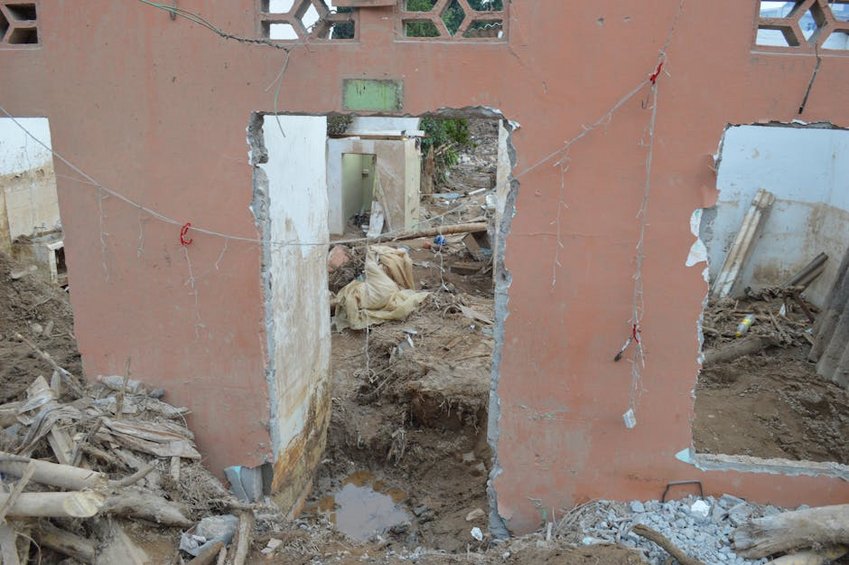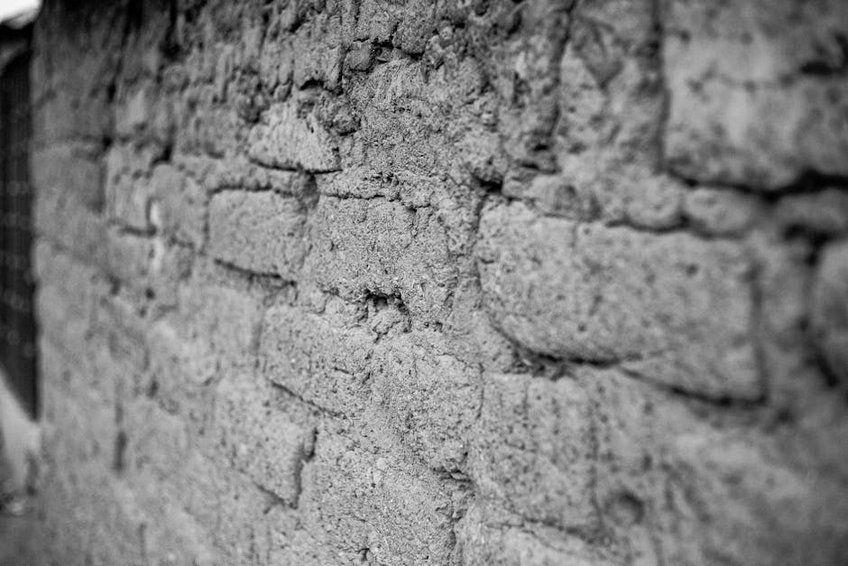Niger Agadez Mud Architecture: Ancient Building Marvels
Niger Agadez mud architecture represents a timeless Saharan building tradition using local materials. These structures showcase ingenious desert adaptation and cultural heritage across centuries. This guide covers historical insights and practical travel tips for visitors.
Essential Information
Agadez mud architecture dates to the 15th century during the Songhai Empire. Builders used sun-dried bricks from clay, straw, and water. This technique creates durable structures resisting extreme heat.
Traditional Sudanese style features decorative geometric patterns and wooden supports. Buildings maintain cool interiors despite external temperatures exceeding 100°F (38°C). Local masons preserve these methods through apprenticeship systems.
The historic center gained UNESCO World Heritage status in 2013. It protects over 2,000 earthen buildings within the old city. Preservation efforts focus on maintaining authentic construction techniques.
What You Need to Know
Understanding these key aspects enhances your appreciation.
- Mud architecture utilizes locally sourced clay, straw, and palm wood for sustainable construction.
- Structures feature thick walls up to 24 inches for natural insulation against desert climates.
- Traditional building methods require seasonal maintenance after annual summer rainfall.
- Budget travelers spend $40-60 daily using guesthouses, local meals, and shared taxis.
- Mid-range visitors allocate $80-120 daily for hotels, guided tours, and restaurant dining.
- Luxury experiences cost $150+ daily featuring premium lodges and private transfers.
- Niger Tourism Official Website
- UNESCO World Heritage Centre
Key Details
Agadez serves as the capital of Niger’s northern region. The city sits at 1,640 feet (500 meters) elevation. Its population maintains Tuareg cultural traditions.
Annual rainfall measures just 6 inches (150 mm) between June and September. Daytime temperatures range from 86°F to 104°F (30°C to 40°C). Evenings cool to 68°F (20°C) from November to February.
Architectural Significance
Sudanese architectural influence appears in mosque minarets and domestic compounds. The Grand Mosque of Agadez stands 89 feet (27 meters) tall. Its pyramidal form symbolizes community identity.
Residential compounds feature central courtyards for family gatherings. Decorative elements include carved wooden doors and geometric reliefs. These designs reflect Islamic artistic traditions.
Planning Your Niger Agadez Mud Architecture Trip
Visiting these architectural wonders requires careful seasonal timing. November through February offers pleasant 75°F (24°C) average temperatures. This period avoids extreme heat and rare rainfall.
Secure accommodations three months ahead for peak December visits. Local guides provide essential context for understanding building techniques. Your Niger Agadez mud architecture experience benefits from expert interpretation.
Budget for additional days to accommodate potential sandstorm disruptions. Travel insurance should cover trip interruptions. Always carry multiple payment methods.
Best Time to Visit Agadez
December through February provides ideal 68-82°F (20-28°C) conditions for exploration. These months feature clear skies and minimal rainfall. Tourist facilities operate at full capacity.
March to May sees temperatures rising to 95°F (35°C) with increasing dust. June to August brings brief showers and 104°F (40°C) heat. September to November offers improving conditions.
Budget Planning and Costs
Consider these tiered options for different travel styles.
Essential Preparation Checklist
Pack lightweight cotton clothing, sturdy walking shoes, and wide-brimmed hats. Include sunscreen with SPF 50+ and reusable water bottles. Photography gear should have dust protection.
Obtain Niger visas through embassies before departure. Vaccinations for yellow fever and meningitis are mandatory. Purchase comprehensive travel insurance covering medical evacuation.

Alt: “agadez-grand-mosque-mud-architecture-detail”
Top Attractions and Activities
Agadez’s historic center contains numerous well-preserved earthen buildings. The Grand Mosque dominates the skyline with its impressive minaret. Traditional houses feature intricate facade decorations.
Guided walking tours explain construction techniques and cultural significance. Early morning visits avoid intense afternoon heat. Evening light enhances photographic opportunities.
Local artisans demonstrate brick-making and decorative carving methods. These workshops support cultural preservation efforts. Visitors can purchase authentic handicrafts.
Must-See Highlights
The Grand Mosque of Agadez represents the city’s architectural crown jewel. Its 1515 construction utilized thousands of mud bricks. Climbing the minaret offers panoramic views.
Sultan’s Palace showcases traditional Tuareg leadership architecture. Built in the 16th century, it features ornate wooden gates. Guided tours explain historical significance.
Traditional compound houses display family living arrangements. Courtyards provide shaded gathering spaces. Decorative elements symbolize protection and status.
Hidden Gems and Local Favorites
Artisan quarters near the mosque feature working studios. Watch craftsmen creating leather goods and silver jewelry. These areas offer authentic cultural immersion.
Local markets sell spices, textiles, and traditional tools. The Monday market attracts traders from across the region. Bargaining is expected but respectful.
Cultural Heritage Tours
Specialized tours focus on architectural conservation projects. Visitors learn about ongoing preservation challenges. These experiences support community initiatives.
Tuareg cultural guides share oral histories and traditions. Evening storytelling sessions occur in desert camps. Music performances feature traditional instruments.
Practical Travel Information
Agadez connects to Niamey via domestic flights and overland routes. Mano Dayak International Airport (AJY) receives regular flights. Road journeys require 4×4 vehicles for desert conditions.
Accommodation ranges from basic guesthouses to comfortable hotels. Most lodging clusters near the historic center. Advance reservations ensure better options.
| Category | Options/Features | Price Range (USD) |
|---|---|---|
| Accommodation | Guesthouses with shared facilities, hotels with AC | $20-100 |
| Transportation | Local taxis, rental 4×4 vehicles, domestic flights | $5-150 |
| Food | Street food, local restaurants, hotel dining | $3-25 |
| Tours | Walking tours, desert excursions, cultural workshops | $15-100 |


